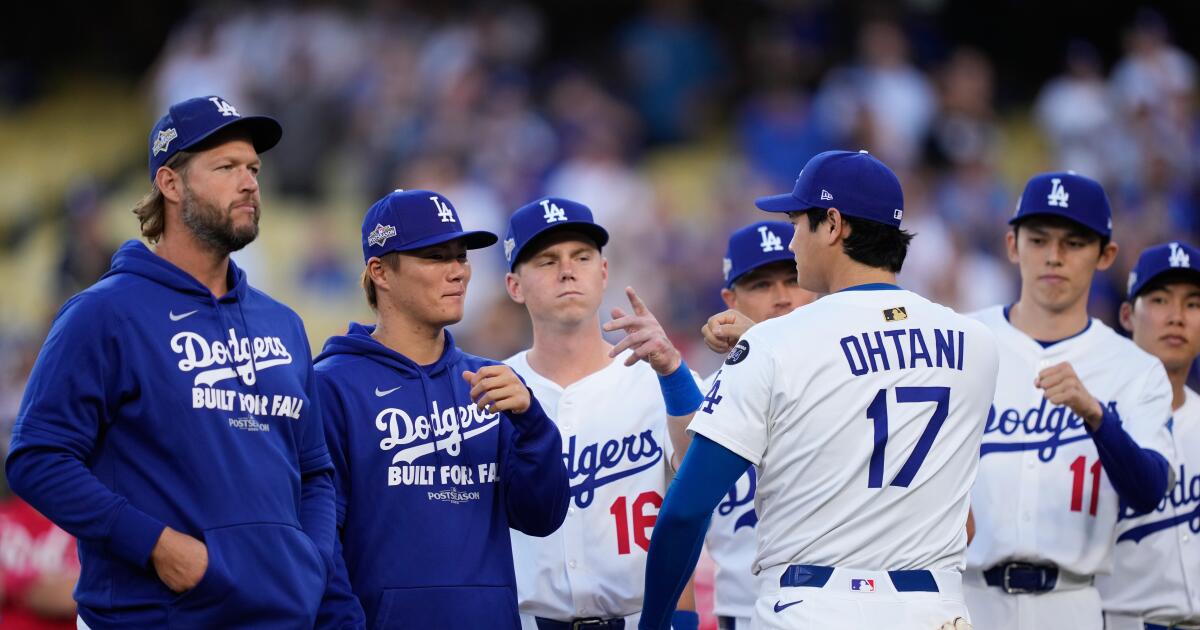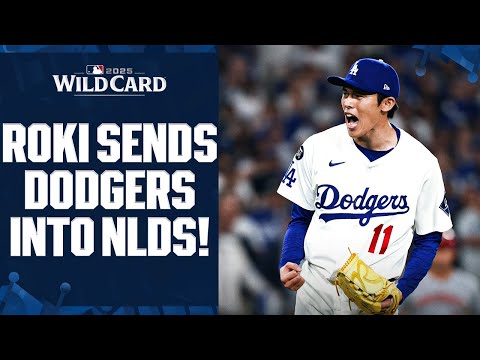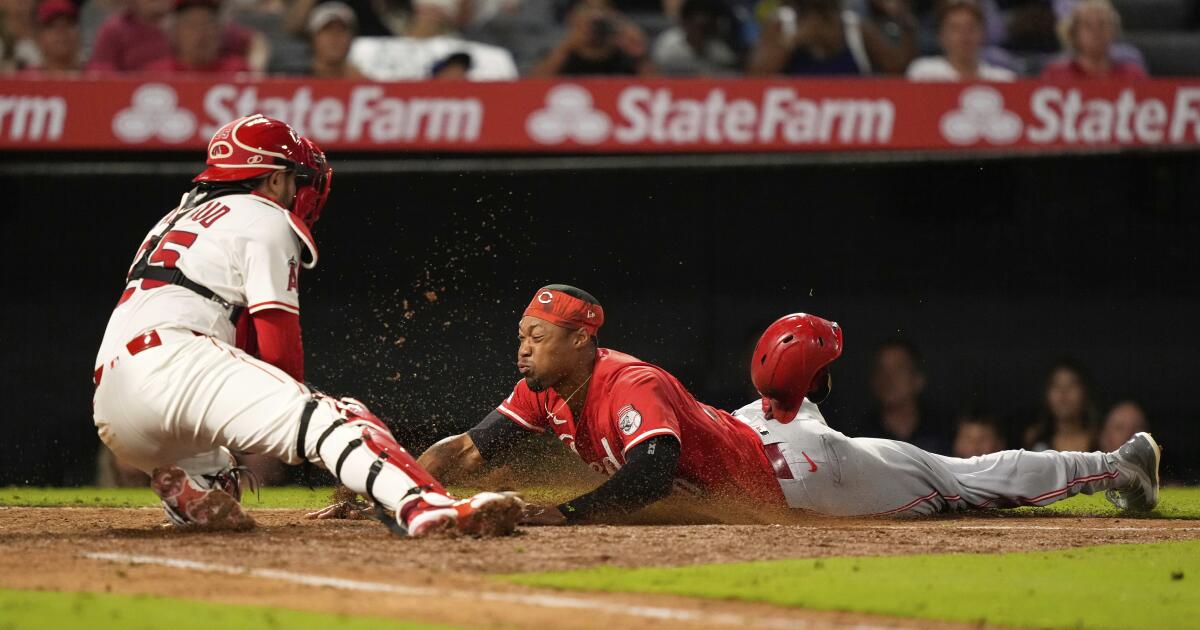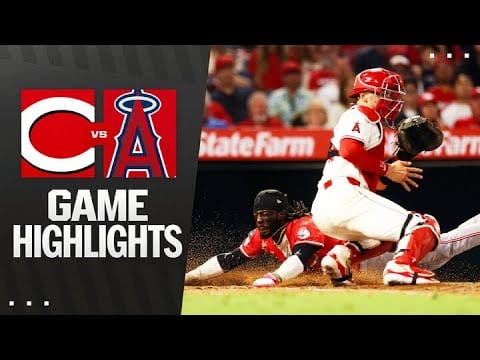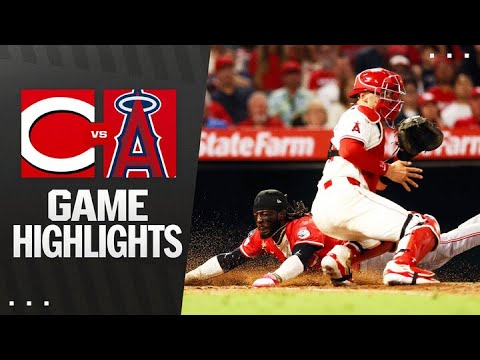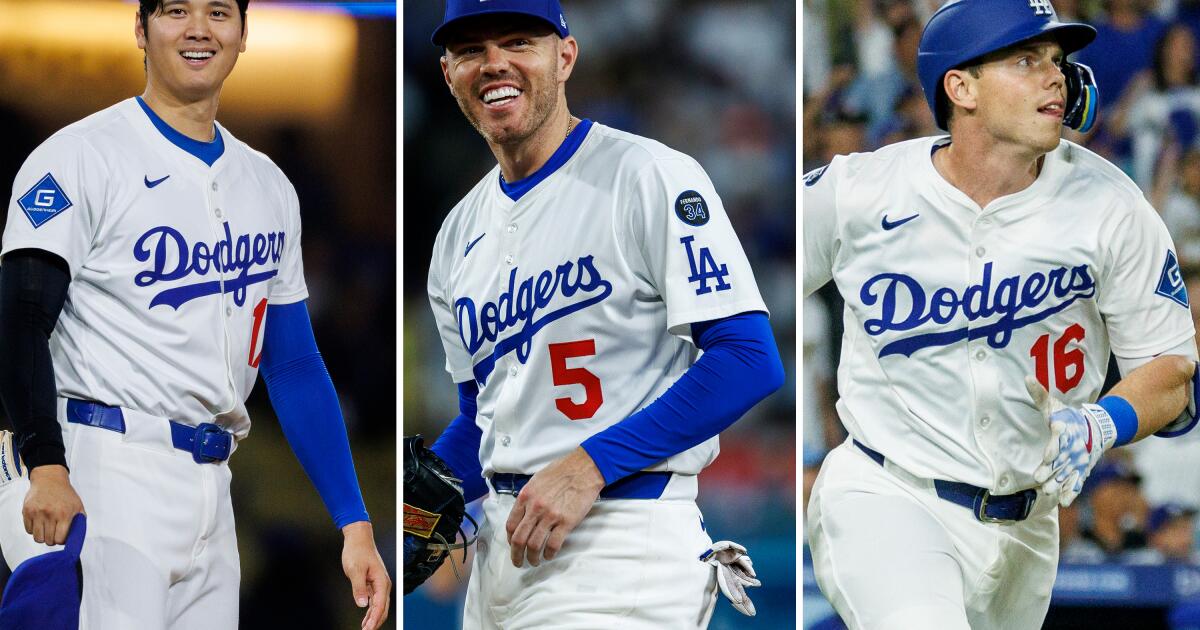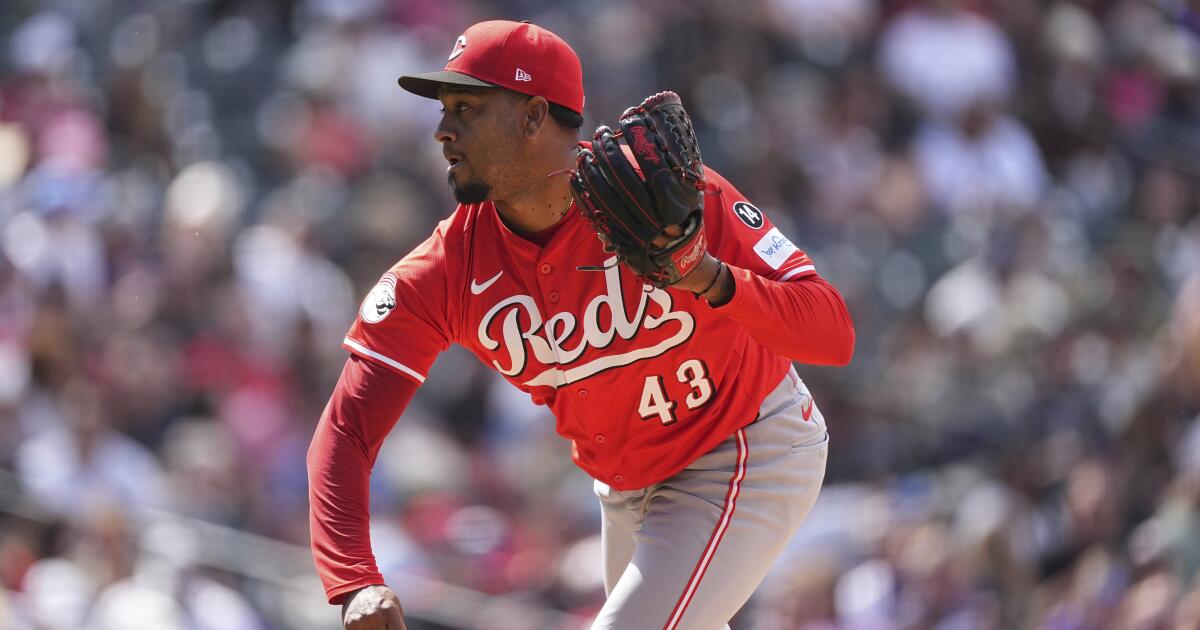Clayton Kershaw added to Dodgers’ NLDS roster, Will Smith is active
PHILADELPHIA — When Clayton Kershaw was left off the Dodgers’ roster for the best-of-three wild card round against the Cincinnati Reds, it marked the first time since his 2008 rookie season that he pitch didn’t in one of the team’s playoff series when healthy.
But on Saturday, ahead of Game 1 of the National League Division Series against the Philadelphia Phillies, the Dodgers decided to add Kershaw back in the mix, ensuring he will likely get the chance to take the mound at least one more time before entering retirement this offseason.
Kershaw and fellow left-handed pitcher Anthony Banda were the only two changes the Dodgers made to their NLDS roster Saturday, swapping them in on an 11-man pitching staff in place of multi-inning left-hander Justin Wrobleski (who didn’t pitch in the wild card series) and rookie right-hander Edgardo Henriquez (who walked two batters and gave up a hit while recording no outs in Game 1 against the Reds).
The Dodgers made no changes to their 15-man position player group from the wild card round, once again keeping three catchers on the roster (as Will Smith continues to recover from a fractured hand) as well as speedy defensive specialists Justin Deal and Hyeseong Kim.
Kershaw’s return was had been expected, even before manager Dave Roberts officially confirmed on Friday that the future Hall of Famer would be on the roster for the NLDS.
First and foremost, the Dodgers will need added left-handed pitching depth to combat a Phillies lineup that includes left-handed threats like Bryce Harper, Kyle Schwarber, Brandon Marsh and Bryson Stott. That’s why Banda was included as well.
But Kershaw, who went 11-2 this season with a 3.36 ERA, also gives the Dodgers a steady veteran presence out of the bullpen (where he is expected to pitch).
They missed that in the wild-card round, when a string of younger pitchers struggled to consistently find the strike zone while pitching in relief.
Thus, they will be hoping their 18-year veteran can provide it, in what would be his final career postseason series if the Dodgers don’t advance.
The only other major roster question facing the Dodgers entering this series is at catcher. Roberts said Friday that Smith “will be available to catch” in this NLDS, but was unsure if he’d be able to start right away in Game 1. Smith, who has taken only live at-bats in the last week while nursing his injury, did not appear in the wild-card series despite being on the roster. He took more live at-bats during the team’s Friday night workout at Citizens Bank Park.
